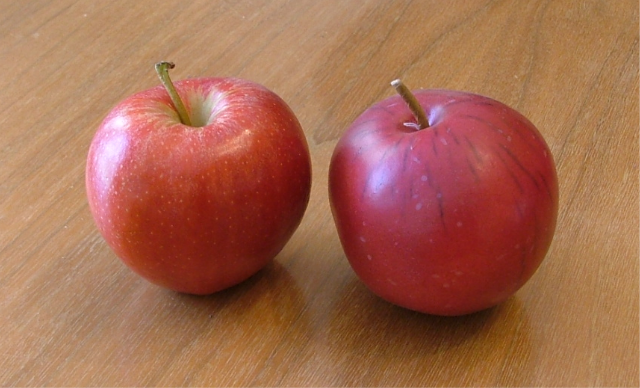The Pacific northwest apple harvest in Washington ended November 2023, with the Pink Lady variety picked last. The latest comprehensive storage report in January 2024 shows that galas accounted for 20% of the total output.
Gala apples enjoy the distinction of being the first to harvest in the Washington apple season around August each year.
Thanks to hailstorm-free weather and mild summer temperatures of 32.2ºC, the 2023 harvest resulted in a sizable apple crop. With 26.5 million boxes, galas led Honeycrisps, the sour green Granny Smiths, the Iowa-derived Red Delicious and Fuji in production size.
There was also a surprise newcomer that accounted for 5% of all production, namely the Cosmic Crisp. The branded cultivar is a hybrid of Honeycrisp and Enterprise apple varieties. It has a dark red crisp coat that has starry dots all over its rounded body.
It is gala apples, however, that have enjoyed high accolades in the 2023-24 season. Since 2018 when they surpassed Red Delicious as the most widely grown apple variety in the United States, they are still highly productive.
Part of their secret to productivity is the fact that they are bred from the other productive cultivar, the Red Delicious. A New Zealand botanist crossed this sweet variety with Red Orange apples in the 1930s to produce the crisp reddish orange gala.
Growers of galas maintain proximity between these semi-dwarf trees that reach 15-25 feet high and other types for pollination. After pollination in early summer, galas are the first apple trees to harvest in most of the United States by mid-August.
Because of their widespread availability, the medium-sized gala apples attract fair market prices in comparison with other apples.
On January 5, 2024, the wholesale market in Atlanta Ga., recorded Washington galas as costing between $28 and $30 . This was for the 20 kg cartons housing “size 125” apples. Fruits in this size category have a diameter of 2.75 inches and weigh around 153 grams apiece.
Medium-sized Washington galas, on the other hand, were costing between $36 and $37 per 42-pound (20 kg) carton. These were in the “size 64” category with a diameter of 3.4 inches and weight of 172 g per piece.
Hence, as the apple season ends in the U.S.’ Pacific Northwest, buyers are busy sampling the affordable prices of galas. Producers have kept these apples in cold storage bunkers and atmosphere-controlled chambers for preservation.
